
Discovering decorative materials for the palace roof and a Ly dynasty well at the National Assembly construction site, 2008-2009. (Photo: Imperial Citadel Research Institute)
As a vivid proof of a thousand years of history and culture, Thang Long Capital is known as the great political , economic and cultural center of the country through many dynasties. However, now, the golden vestiges of this land are only silent traces, scattered fragments found underground.
The Thang Long Imperial Citadel relic site is an important part of the Thang Long Capital, with architectural vestiges of palaces, towers and millions of archaeological relics discovered through large-scale historical excavations from 2002-2009 at 18 Hoang Dieu and the area where the National Assembly House was built. This discovery has shown the glorious history of the Thang Long Capital over a thousand years ago, from the Ly, Tran, Le So, Mac and Le Trung Hung dynasties.
Clarifying the architectural form of the palace
Looking back on the 15-year journey of implementing the Project "Registering, researching, evaluating the value and establishing a scientific profile of the Thang Long Imperial Citadel relic site", from 2011-2025, researchers have persistently and tenaciously deciphered the mysteries of Thang Long Imperial Citadel from archaeological remains.
Dr. Ha Van Can, Director of the Institute of Archaeology, commented: "These achievements are the foundation of scientific knowledge, contributing to deepening and clarifying the outstanding global value of the Thang Long Imperial Citadel heritage site, bringing that value to the public."
The most outstanding and important achievement in the research of the Thang Long Imperial Citadel relic site is to decode the mysteries of the palace architecture - the "soul" of Thang Long Capital after thousands of years of loss.

Discovered traces of Ly Dynasty palace foundation architecture at Thang Long Imperial Citadel.
At 18 Hoang Dieu and the area where the National Assembly House was built, archaeologists discovered a complex of 53 traces of architectural foundations, 7 wall foundations and 6 underground wells. This discovery confirmed the existence of the splendid Thang Long Citadel under the Ly Dynasty and is considered the most important discovery of Vietnamese archaeology. Thanks to that, in October 2010, Thang Long Imperial Citadel was honored by UNESCO as a World Cultural Heritage.
Each layer of soil, each architectural vestige, each archaeological relic… contains the mysteries of the history of Thang Long Imperial Citadel - a place where the architectural culture of the Eastern royal court with strong Vietnamese identity converges, inherits and develops.
Dr. Ha Van Can, Director of the Institute of Archaeology
From 2011 to 2014, the Imperial Citadel Research Institute (now the Institute of Archaeology) reinvestigated, excavated and discovered many new scientific issues, clarifying the nature, age and function of the types of architectural relics that emerged since 2004. Through the results of that research, a system of general architectural drawings of the Ly Dynasty palace was established.
From here, the research on the architectural form of the Ly Dynasty palace began to be implemented through the analysis of the functions and techniques of roof tiles, wooden structures and traces of architectural foundations. The above discovery is considered the "golden key" to finding out the dou cong architecture - an extremely complex roof support and decoration technique, demonstrating the master construction level of the previous generation.

3D reconstruction study of the structure of the battleship.
In 2014, the Imperial Citadel Research Institute successfully reconstructed the architectural form of the Ly Dynasty palace using 3D technology. In the years 2015-2020, the Institute continued to research and reconstruct the overall architectural form of the Thang Long Imperial Citadel. The panoramic picture of the palace and pavilions of the Ly Dynasty was gradually recreated on the basis of archaeological traces.
Associate Professor, Dr. Tong Trung Tin, Chairman of the Vietnam Archaeological Association, affirmed: "This excavation has 'unprecedented' scientific value in the history of Vietnamese Historical Archaeology."
Through the story behind each relic, the public will visualize and feel more clearly the unique, magnificent, and mysterious beauty of the ancient Thang Long Imperial Palace architecture.
According to Dr. Ha Van Can, each layer of soil, each architectural vestige, each archaeological relic… contains the mysteries of the history of Thang Long Imperial Citadel - a place where the architectural culture of the Eastern royal court with strong Vietnamese identity converges, inherits and develops.
Decoding the life of the ancient Thang Long Royal Palace through historical "fragments"
When finding pieces of pottery, porcelain, and earthenware underground, archaeologists have assessed the role and function of the utensils and objects in the life of the ancient Thang Long Royal Palace. However, the process of researching, classifying, and editing archaeological relics always requires meticulousness and perseverance. The key issue at this time is to determine the type, function, age, and origin of each artifact.
To solve the above "problem", the Institute of Imperial Citadel Studies has delved into comparative research, built a system of scientific terminology, and specific criteria for age and origin. The results show many groundbreaking scientific discoveries, vivid evidence and deepening aspects of life, culture, religion, society and economic exchange of Thang Long Citadel through the dynasties.
Dr. Ha Van Can, Director of the Institute of Archaeology, commented: "The in-depth analysis of Vietnamese ceramics and imported ceramics not only vividly recreates the material life and rituals in the Royal Palace, but also affirms the diplomatic and commercial position of Thang Long in the Asian network. These achievements are the foundation of scientific knowledge, contributing to deepening and clarifying the outstanding global value of the Thang Long Imperial Citadel heritage site, bringing that value to the public."
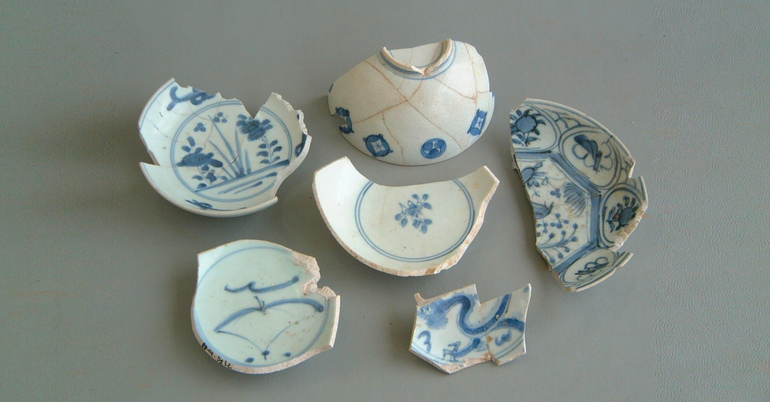
Blue and white ceramic bowls and plates of the Japanese Hizen pottery line, produced during the Edo period.
Authentic porcelain from the Ly Dynasty is considered one of the most important scientific discoveries in the process of "decoding" the life of the ancient royal palace. Archaeologists have discovered porcelain of the same excellent quality as Chinese porcelain from the Song Dynasty. These pieces of porcelain are convincing evidence that the history of Vietnamese porcelain invention dates back to the Ly Dynasty.
In addition, the results of research on ceramic waste and production tools have provided more evidence of the history of high-end ceramic production at the Thang Long kiln. This place specialized in making utensils for the royal court for nearly 6 centuries, under the Ly, Tran, Le So and Mac dynasties.
Studying in depth the ceramics with Chinese characters, the researchers analyzed and deepened the value of the utensils in Truong Lac palace and Thua Hoa palace. Based on 3 criteria: dragon shape, Quan and Kinh characters, and superior quality and grade, the ancient ceramic research team proved that all high-class ceramic products of the early Le and Mac dynasties decorated with dragon shapes, with Quan or Kinh characters in the center were all products of Thang Long mandarin kilns and were royal ceramics.

Discovery of Chinese celadon pottery produced at Longquan kiln during Yuan Dynasty.
From the historical "fragments", foreign ceramic lines at that time were also discovered. Ceramics from West Asia or countries such as China, Japan and Korea were brought to Thang Long through trade routes. Collaboration with Chinese ancient ceramic experts to determine the age and origin of the collections has helped identify many rare products produced by famous ceramic kilns such as: Dinh kiln, Hinh kiln (Ha Bac); Dieu Chau (Shaanxi); Thanh Son, Ho Tu (Hubei); Tay Thon, But Gia Son (Guangdong), Chuong Binh, Duc Hoa, Kien Dieu, Man Hau, Phuc Thanh (Phuc Kien); Long Tuyen (Zhejiang), Ho Dien, Lac Ma Kieu (Canh Duc Tran)...
These discoveries have contributed to clarifying the types of utensils and items reserved for the king and queen, reflecting the authority and luxurious life of the emperors. At the same time, they have contributed to demonstrating and explaining more deeply the open cultural and economic exchange relationship of Thang Long Capital in history.
Finding a way to "awaken" heritage
According to Associate Professor, Dr. Bui Minh Tri, former Director of the Institute of Imperial Citadel Studies, although there have been breakthrough research achievements on Thang Long Imperial Citadel, promoting these achievements is still facing many challenges.
Ancient capitals in East Asia such as Japan, Korea or China have invested in very methodical and elaborate research, gradually restoring heritage based on scientific research results, especially archaeology, turning archaeological heritage into "living museums", a famous resource for developing the country's tourism economy. Meanwhile, after more than 20 years of discovery, Thang Long Imperial Citadel is still an archaeological site with most of its traces located underground, in a bustling urban area.
"This creates a double challenge: how to both preserve the original state of precious relics and effectively interpret, reproduce, restore and promote their values, turning scientific research results into the foundation to gradually 'revive' heritage, becoming a resource for developing the heritage economy," Associate Professor, Dr. Bui Minh Tri commented.
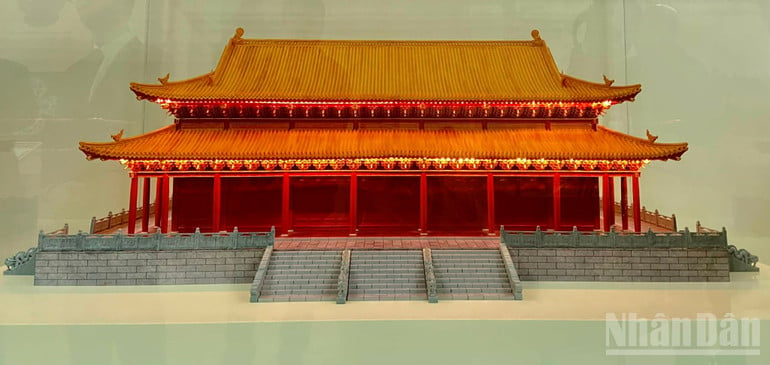
Research on the restoration of Kinh Thien Palace based on archaeological evidence of Thang Long Imperial Citadel.
Associate Professor, Dr. Bui Minh Tri said that it is necessary to make breakthrough investments in scientific research, heritage restoration, building digital databases, applying technology and making appropriate investments in publishing research results.
"Archaeological research must be considered the core foundation. Therefore, it is necessary to increase funding and interdisciplinary human resources (archaeology, architecture, 3D technology) to promote decoding research and implement restoration projects (reconstruction based on solid scientific evidence) and rehabilitation (returning heritage to its function/meaning in contemporary life) in a lively and well-founded manner," said Mr. Tri.
This will overcome the situation where value promotion is still mainly focused on on-site display without strongly exploiting the heritage economic model like advanced countries.
At the same time, it is necessary to build a comprehensive digital database by applying modern technologies such as GIS, 3D scanning and AI. This is a solid foundation for implementing simulation projects using 3D technology (both physical and digital models) to recreate the appearance of the former capital.
In addition, there needs to be investment in compiling and publishing the project's research results in the form of specialized books, contributing to the propaganda, education and promotion of heritage site values widely and sustainably.
In the context of strong technological development, the picture of the Thang Long Imperial Citadel heritage on digital technology platforms needs to be gradually built. Incentive mechanisms and favorable conditions for scientific organizations and private enterprises to participate in research and development of the heritage economic value chain also need to be formed. Only then will the Thang Long Imperial Citadel be truly "awakened", not only in terms of history but also in terms of economy, becoming an attractive heritage destination in the region and the world.
NGOC KHANH
Source: https://nhandan.vn/nghe-di-vat-ke-ve-doi-song-kien-truc-hoang-thanh-thang-long-tu-nghin-nam-truoc-post920469.html









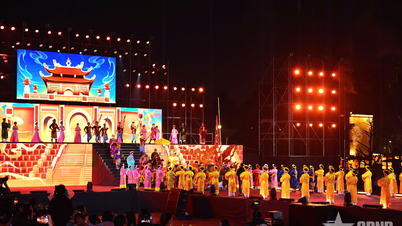


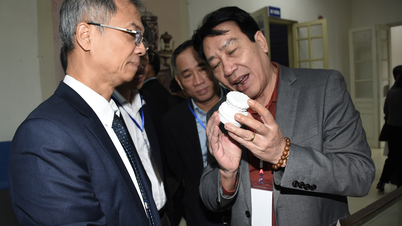

















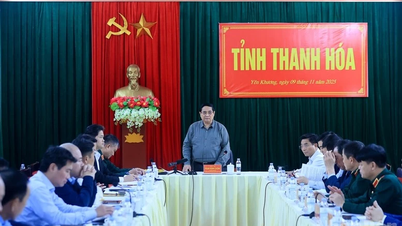

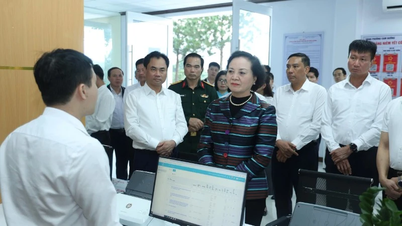
![[Infographic] Vietnam's stock market exceeds 11 million trading accounts](https://vphoto.vietnam.vn/thumb/402x226/vietnam/resource/IMAGE/2025/11/09/1762677474332_chungkhoanhomnay0-17599399693831269195438.jpeg)


































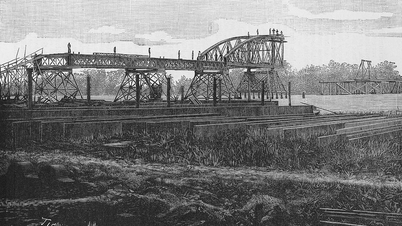





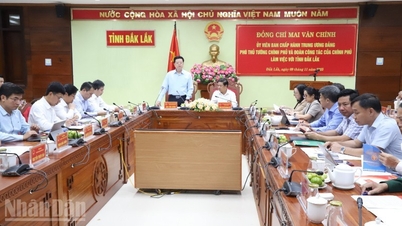



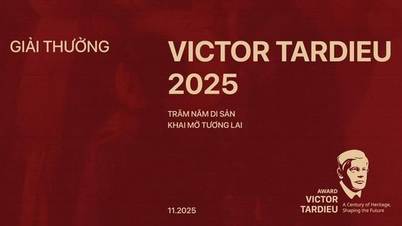







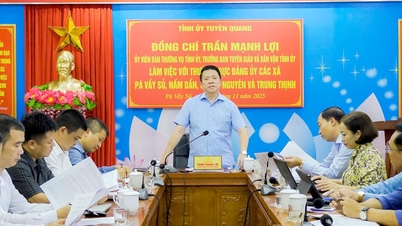


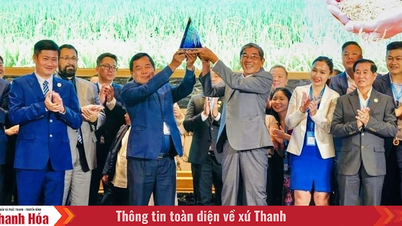


![Dong Nai OCOP transition: [Part 2] Opening new distribution channel](https://vphoto.vietnam.vn/thumb/402x226/vietnam/resource/IMAGE/2025/11/09/1762655780766_4613-anh-1_20240803100041-nongnghiep-154608.jpeg)












Comment (0)